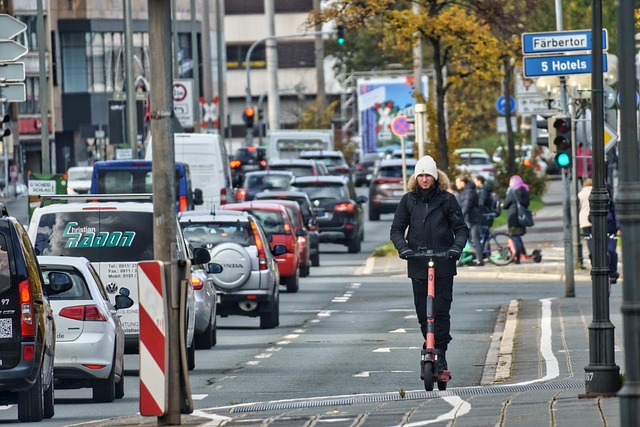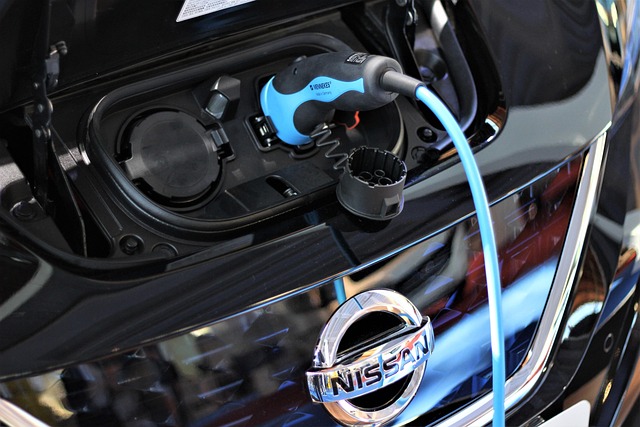In recent years, the urgent need for sustainable practices within our communities has become increasingly evident, particularly in the context of transport sustainability and rural development. One often-overlooked aspect of this transformative journey is the concept of energy-efficient housing constructions, which can profoundly impact not just individual homes, but entire rural communities.
Rural areas often struggle with access to modern transportation infrastructure. This lack of connectivity can hinder economic growth, limit access to essential services, and impede social cohesion. However, when combined with innovative housing solutions, the development of energy-efficient homes can help address these challenges. By integrating sustainable practices into construction, we can create homes that are not only environmentally friendly but also enhance mobility through improved infrastructural resilience.
Consider the potential benefits of building energy-efficient homes. These constructions utilize materials and designs that minimize energy consumption, which not only lowers utility costs but also reduces the carbon footprint of each household. This reduction in energy use can lead to a greater allocation of resources towards improving local transportation systems. As funds are saved on energy bills, communities can invest in the necessary infrastructure that facilitates mobility—like biking trails, public transit, and pedestrian pathways.
Moreover, energy-efficient housing can catalyze rural development by encouraging local job creation. As communities embrace sustainable construction practices, skilled labor is needed to design, build, and maintain these homes. This development often leads to a ripple effect, where the local economy flourishes and transport options expand. Local artisans and tradespeople can be employed to build energy-efficient houses, thus fostering a sense of pride and ownership within the community that extends to mobility initiatives.
Incorporating energy-efficient housing into rural planning means considering how mobility is affected by geographic constraints. Many rural areas feature vast distances that can make traveling cumbersome. However, by clustering energy-efficient homes, we can promote walkable neighborhoods, reducing the dependency on cars. This concept not only encourages active forms of transport but also fosters a sense of community, as residents engage more with their surroundings and neighbors.
Beyond immediate economic benefits, the broader implications of energy-efficient housing constructions are significant for future generations. As these homes become more prevalent, they contribute to a culture of sustainability that prioritizes environmental stewardship. Rural communities that adopt these practices can become powerful examples of how sustainable living and mobility can coalesce, inspiring others to follow suit.
The integration of energy-efficient housing constructions within rural areas represents an extraordinary opportunity to pave the way for a sustainable future. While traditional mobility solutions may focus predominantly on urban centers, the importance of fostering transport sustainability in rural contexts cannot be overstated. By marrying sustainable housing with robust transportation networks, we can not only enhance the quality of life for rural residents but also protect our planet for years to come. As these ideas take root, people will experience the tangible benefits of sustainable living, creating a pathway to a better, greener tomorrow.



